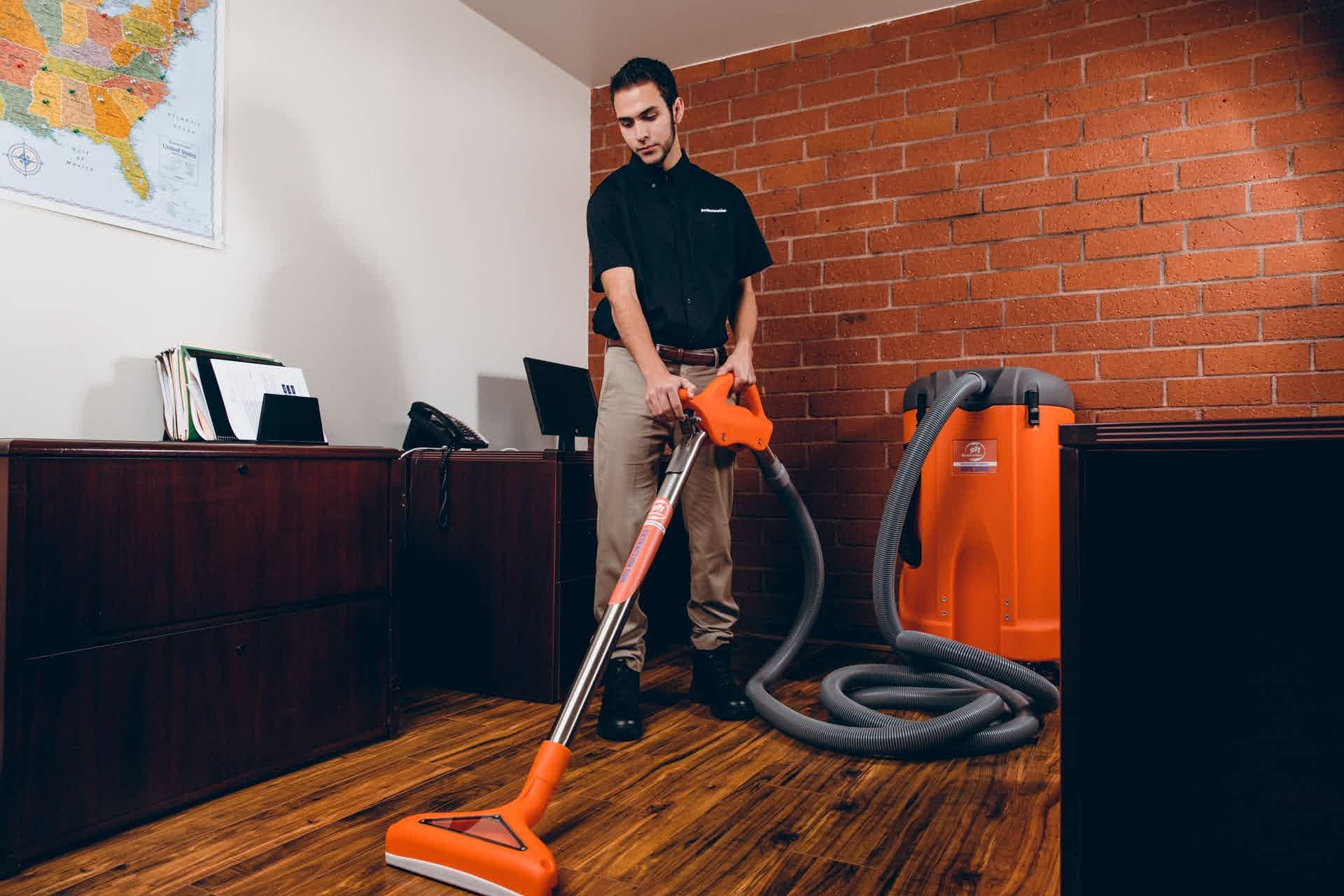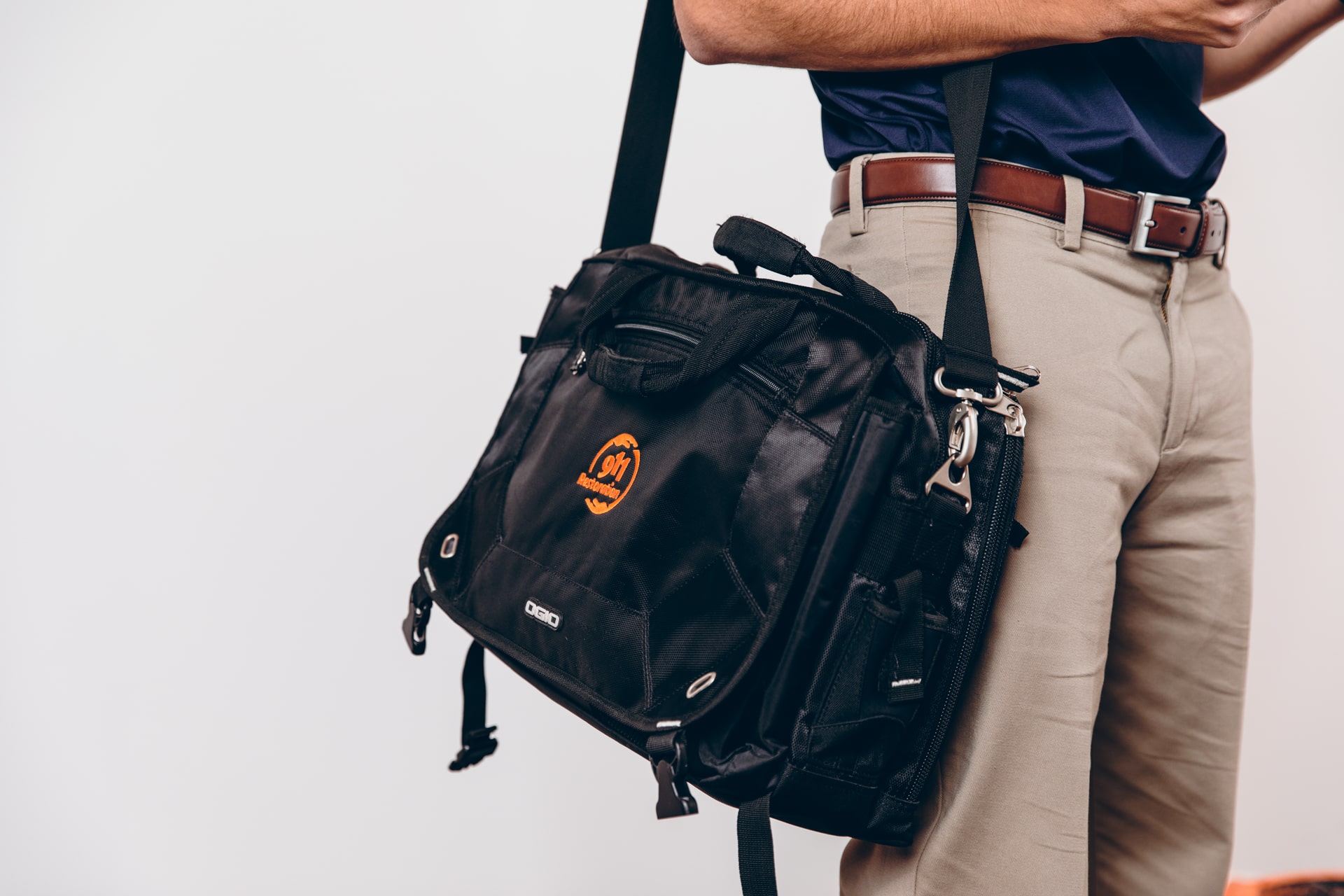Many homeowners are surprised at the number of drains within their homes. It’s possible to have a nightmare situation if any of the drains become clogged. Our drains are responsible for removing the waste water and other materials from our homes. The drain system can fail, resulting in unsanitary and difficult cleanup. We will be discussing four common drain issues and how to avoid them in this article.
Kitchen Drains
Your kitchen drains are probably the most difficult to maintain in your home. We use our kitchen sinks to wash, rinse and prepare food. This can cause food debris to get into the drain. Many people use their kitchen sinks to dispose of oil, fat, or grease. Clogs can be caused by any type of debris. As more material is added, the clog can become larger and more difficult to clear. It’s important to keep food-related debris from your kitchen drain as much possible. It’s better to prevent problems than cure. Installing drain traps at your sink will keep food debris out of your kitchen drains. You should throw away all kitchen waste, but what if your sink is blocked? It may take some time to unblock your kitchen sink. You should also avoid using an off-the-shelf chemical cleaner. Chemical cleaning products can be toxic and can cause skin irritations. These chemicals’ caustic nature can cause damage to your plumbing pipes, and decrease their useful life expectancy. It is better to not use these chemicals and to choose a safer option for cleaning your kitchen drains. You can clear your kitchen drain by adding a cup baking soda, followed by a cup white vinegar to the drain. Leave it there for a while. To flush out the obstruction, boil two quarts water and then pour it into the drain. This will work for smaller obstructions. However, if you have persistent clogs, it may take a few more attempts to flush them out.
The Bathroom Sink
Every day, the bathroom sink is used a lot. People use it to wash their hands, brush teeth, and mirror their hair. Many materials such as toothpaste, hair, and skin can get into the drain, causing clogs. At first, bathroom sink users may notice that water isn’t draining as fast as it used. Eventually, however the water won’t drain at all. This can cause the sink to become unusable due to a buildup of dirt and other harmful substances. A plunger is a handy tool that can be used to manually remove a bathroom sink blockage. To force the clog out, place the plunger on the drain. Use your hands to move the plunger up and down. You don’t need to be aggressive, just let the plunger do its job. Sometimes you will have to pump the plunger around for a while until the clog is gone. Run the water to check the drain and, if it is clear, use a bleach cleaner to clean the entire sink. If the clog persists, you can use the hot water, baking soda, and vinegar method described above.
Tubs and Showers
Your bathroom sink can also have problems with the drains in your bathtub and shower stalls. There is one key difference: we use more soap, shampoo, or shower gel in our tubs and showers. This can cause other problems. Soap scum can form in hard water. This is a gray- or white-colored filmy residue that can then be flushed down the drain. Although soap scum can cause clogs it can also be used as a glue to other debris. Clogs made from soap scum will also accumulate skin and hair clog-forming materials to make the clog even worse. The drain clog eventually will block the drain. Water will drain slowly and then stop draining completely. This type of blockage can be difficult to get rid of without professional help. The plunger should be your first line of defense. If that fails to move the blockage then you can try the baking soda vinegar and hot water methods. If none of these options work, you might need to contact a certified plumber. They have the experience and the tools necessary to safely remove the clog without damaging your plumbing system.
The Toilet
It can be unpleasant to do any cleaning or drainage work on the toilet. However, it is essential to keep your toilet drain clear and clean. It is possible for the waste and dirty water to back up into your home if the toilet gets blocked. This is not only unhygienic but also dangerous for your pets and children. Inappropriate materials can block the toilet and cause it to become clogged. Common examples of materials that shouldn’t be flushed are thick kitchen paper, toilet paper rolls and cardboard toilet paper rolls. Toilet paper and human waste are the only items that should not be flushed down your toilet drain. If you flush any other material, it can block your toilet drain and cause an obstruction that must be removed quickly. Although the toilet plunger should always be used first, it doesn’t work well despite its name.


